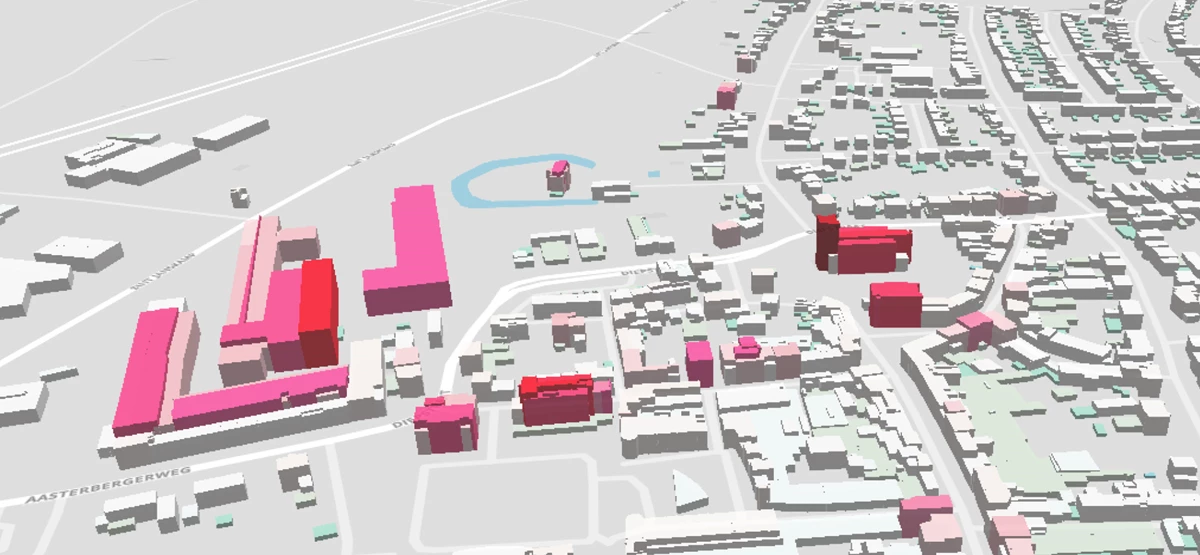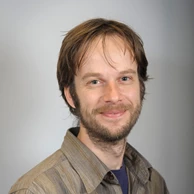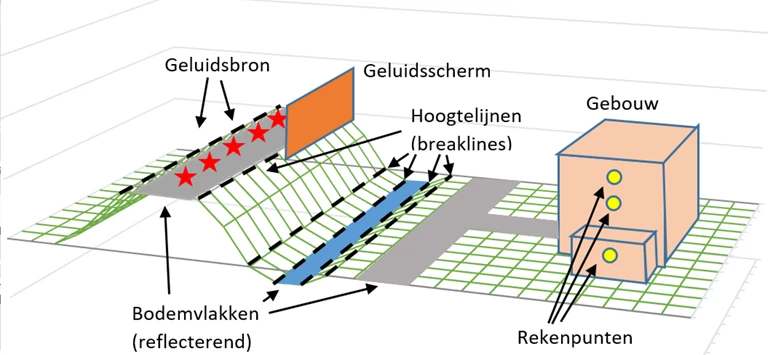Calculating noise pollution
The busy roads and railway lines in the Netherlands cause a lot of noise pollution and it is up to sound experts to examine regularly how big that problem is. This helps them determine which residents in the area are entitled to sound insulation for their homes and how effective a noise barrier truly is. There are also many studies into ways to prevent new noise pollution problems caused by an increase in traffic, along new roads, and at residential construction sites.
Sound experts base their studies on prescribed standard calculations carried out on computers, including special 3D models of the buildings, the soil, and the sound sources, which the experts first have to construct themselves. They look at buildings in Google Street View or estimate the height on the spot and process that information manually. This is very time consuming and as such, very expensive.






